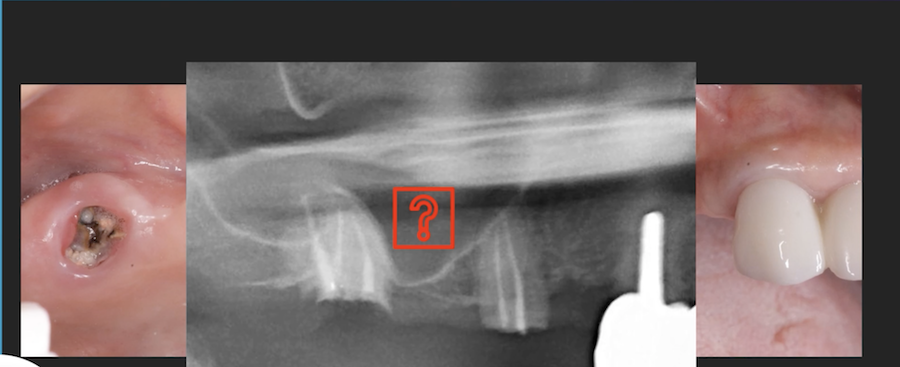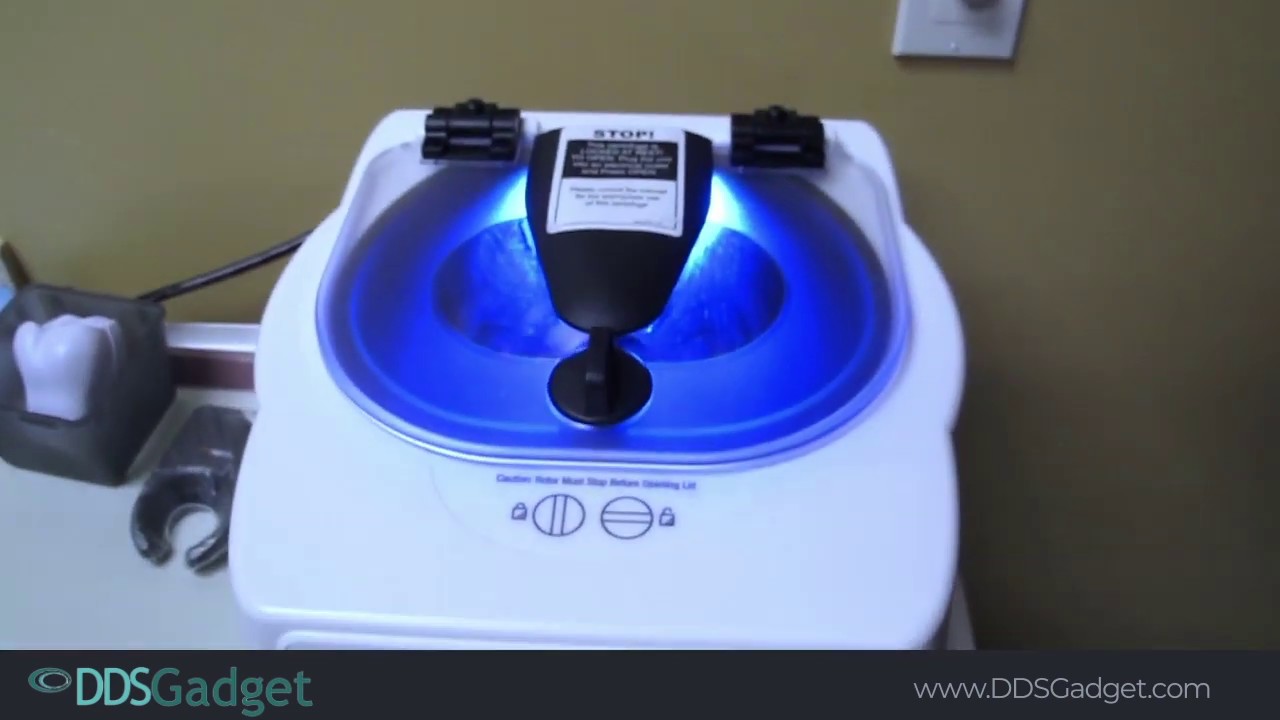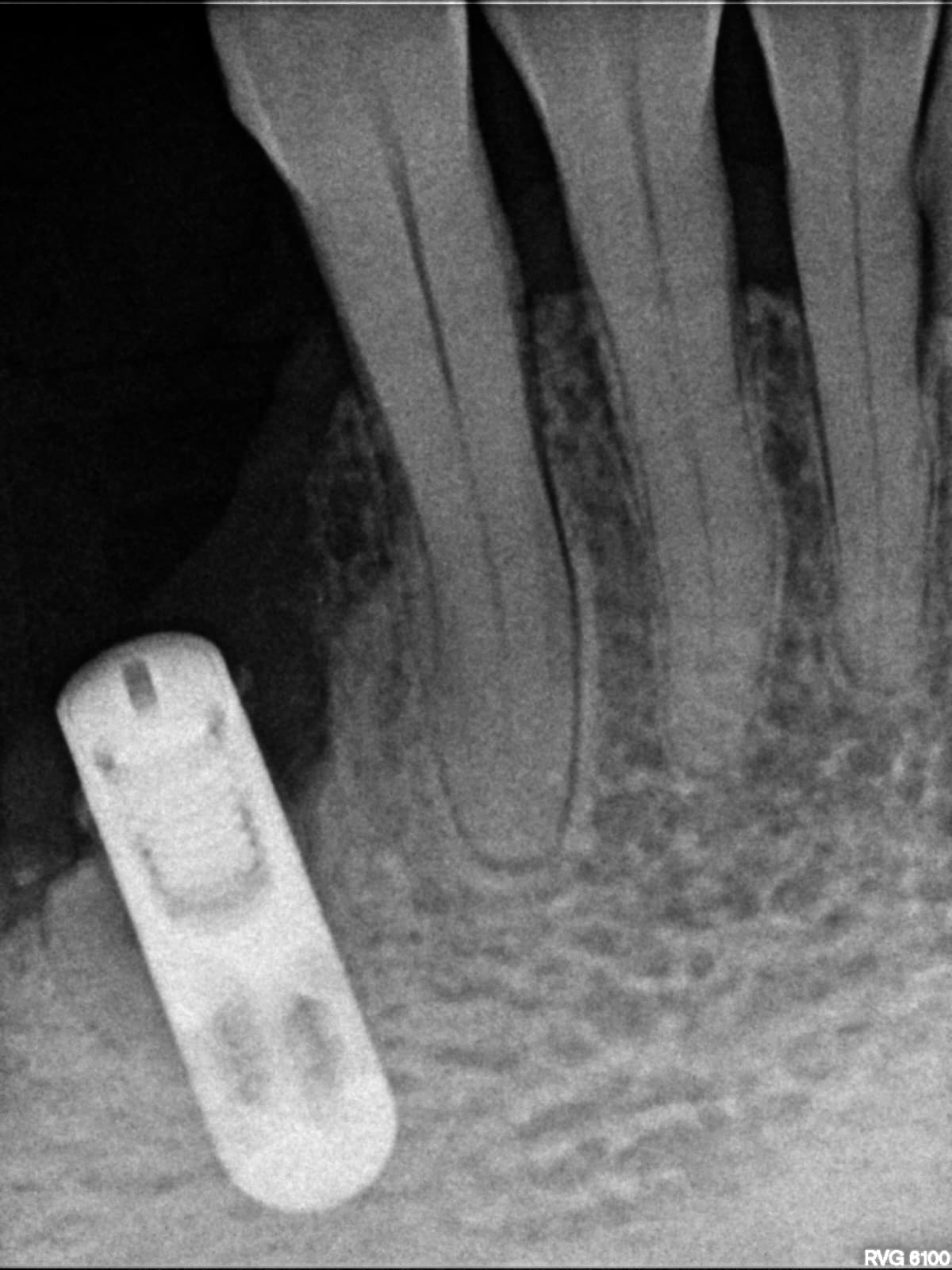Bone resorption because of bruxism?
An implant was placed 3 months after extraction of a lower first molar, bone quality was good, implant was placed 1mm below bone and a cover screw was placed (first image). After 3 months fixed, screw- retained crown was placed. 6 months after functional loading patient comes in and complains about suppuration (second image). Clinically suppuration was seen on the buccal gingiva about 3 mm from gingival margin. During cleaning of the area with CHX, I rinsed out something similar to a small fish-bone (?). Afterwards antibiotics were prescribed. The crown was obviously receiving lateral forces and patient admitted that he is a bruxer. I made a night guard and reduced the height of the crown. Patient came in for check-up after 2 months and has no complaints but the bone in the X-ray seems to be resorbed (third image). There was no bleeding on probing and no suppuration. What should I do next? Leave it for further follow-up?





















